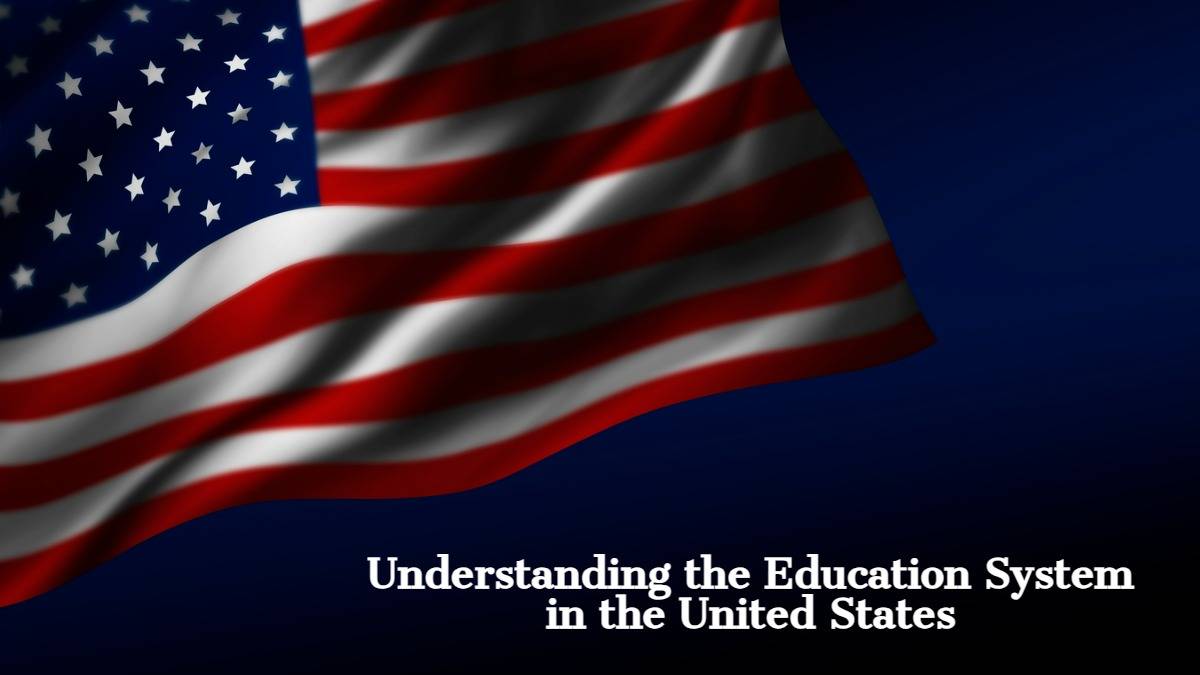The US education system provides a variety of choices for international students. Early childhood education in the US is followed by primary school (popular as Elementary School in the United States), Middle School, Secondary School (popular as High School in the United States), and post-secondary education. Many students pursuing their higher studies in the US must be surprised to know that the US has no educational system.

The Federal government can influence education only by the funding it offers, but this is limited. However, when starting the search for the best educational institution for their child, an individual should know about tutoring in the U.S. There are some of the awarded and known as the best student cities in USA for Indians also to pursue higher education. This will help parents arrange their children’s education according to it. The USA is one of the best places to get higher education; choosing the best institution for your education is most important. The below blog will help parents by briefing them the complete information about the education system.
| US Education System Division | Institutions Involved | Age Group of Students |
|---|---|---|
| Primary Education | Elementary School | 4 – 10 Years |
| Secondary | High School | 11 – 14 Years |
| Higher Secondary | Sophomore | 15 – 18 Years |
| Graduation | University or College | 18+ Years |
| Post-Graduation/Masters | 22+ Years |
The major stages covered under the US Education System are:
- Elementary school
- Middle School
- High school
- Post-secondary (college) also known as the sophomore
As you see above the multiple stages of the education system of India and the USA. There is a huge difference between the US and Indian education systems.
Accreditation & Quality Assurance in the USA
Accreditation is the process used by the US Education System to ensure that the institutes meet and maintain the minimum standard of quality education. Schools, Post-secondary Institutions, and other institutions participate in accreditation. Federal and state governments acknowledge accreditation as the component by which institutional and automatic authenticity is guaranteed. In other words, certification by a recognized accrediting authority is accepted as the U.S. likeness to other countries abroad.
Types of Accreditation in the USA
The following types of accreditation are offered to institutions in the USA which can help students gain a certificate or degree which would also be recognised worldwide:
- School-Level Accreditation
- Post-secondary Accreditation
- Federal Recognition & Approval
- Diploma Mills & Fraud
- Other Quality Assurance Provisions
Accreditations help students gain quality level education and get credits to help employers understand the course credits earned.
Types of Higher Education Institutions in the USA
There are various types of higher education institutions in the USA that are recognised to offer high-quality education. Check out the following higher education institutions authorised for offering higher education in the country:
- State College or University
These types of colleges or universities are supported and run by a state or local government. The US comprises 50 states, and each state run at least one university or college for providing quality higher education to students at low rates. E.g. The University of California or Texas A&M University.
- Private College of University
A branch of the government in the USA runs these colleges and universities. They are always in demand among international students to study in USA. These private U.S. universities and colleges are smaller in size than state schools.
- Community Colleges
Community colleges offer two-year certification or associate degrees, which are transferable. Generally, Community college graduates transfer to universities or four-year colleges to complete their degrees. They are allowed to share the credits that they have earned in the community college.
- Technology Institutes
Technology Institutes offer at least four years of education to students in science and technology. Some institutes have graduate programs while others offer short-term courses to students.
Difference between the Indian and American Education Systems
Check out the difference between Indian and American Education systems given in the table below:
| India | USA |
|---|---|
| No flexibility | Flexibility in selecting subjects |
| Stress on academic performance | The stress of exploring the concepts |
| More focus on theoretical learning | Sports and extracurricular activities are given due importance |
| Use of traditional teaching methods | Use of the latest technological methods in teaching |
Pros of the US Education System
There are a couple of positive points in order to study under the American education system. Check out these pros below:
- Diversity
The US offers a range of courses and majors in the English language to international students. Students can choose any area to study from top Universities in the USA. The US Education system has many diverse programs that attract students from all over the world.
- Flexible Education
The US Education system is one of the most diverse systems for international students to study abroad. US universities offer the program with proper practical knowledge. Students get up-to-date facilities and technologies at universities in the United States.
- Students Life
Because of the high academic standards, most US Universities attract students from all around the world. Students will get a chance to meet with top-notch professors who offer better knowledge to them.
Cons of the US Education System
- Tuition Fees
One of the major cons of the US Education system is its high tuition fees for the high standard of quality education. The education cost in the USA is the highest in the world because of some popular universities it has like MIT, Harvard University, Stanford University, etc.
- Admission Process
Students have to follow a complicated admission process to get into US Universities. They must have strong academic records to be eligible for the top universities. US Universities ask for admission tests such as SAT, ACT, MCAT, TOEFL or IELTS, etc.
- Social Benefits
The major cons of studying in the US is the finite accessibility to benefits like social security, healthcare, etc. offered by the Government for US citizens.


An intriguing read with a fresh perspective.